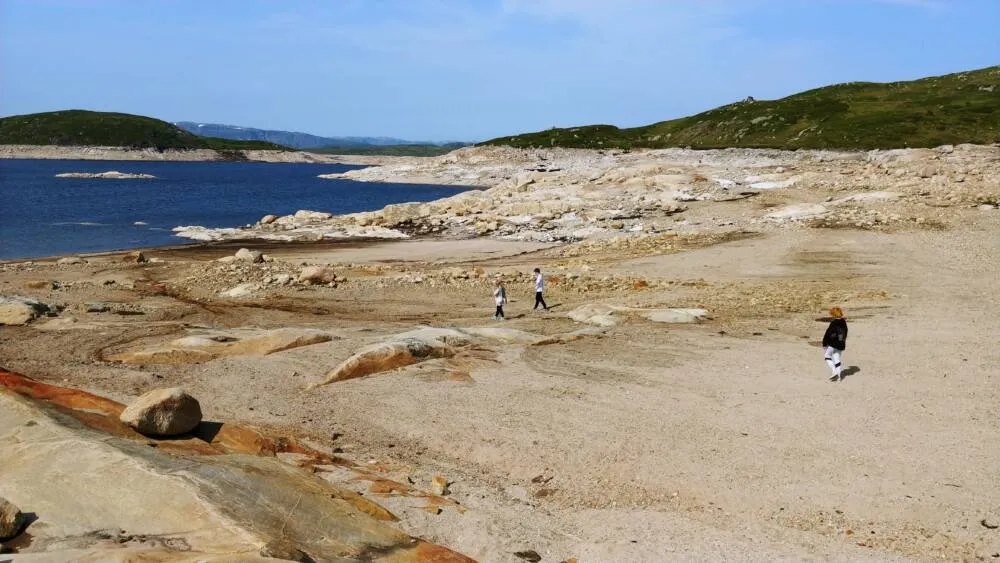The hydrological year 2021/2022 in southern and eastern Norway was the driest in 21 years. Extremely low rainfall has led to low groundwater levels in much of southern Norway. The drought has also led to less-than-usual inflows into rivers and reservoirs.
The turn of the month from August to September marks the end of the hydrological year. The Meteorological Institute and the Norwegian Water Resources and Energy Directorate have therefore looked at the weather and water inflow over the past 12 months.
Wet in the north, dry in the south
Two of the five hydrological regions have had a dry year. This applies to southern Norway with the county of Agder and eastern Norway, which includes Viken, Oslo, Innlandet and Vestfold and Telemark. These areas largely overlap with the NO1 and NO2 price areas.
- Both regions are characterized as dry. They both have the driest hydrological year in 21 years, says Hans Olav Hygen, a climatologist at the Institute of Meteorology. Precipitation measurements date back to 1901-1902.
Low groundwater and water levels in lakes and rivers
Extremely low rainfall since autumn 2021 led to very low levels of groundwater and water in lakes and rivers in eastern and south Norway. Despite the fact that snowmelt and several rainfall episodes ensured local recharge of groundwater and reservoirs, high summer temperatures and relatively little rainfall in Østafjells maintained drought across much of southern Norway. In early September, the area with low groundwater levels gradually expands to cover all of southern Norway.
The driest year in 21 years
- The situation in early September is characterized by low or very low and falling groundwater levels in much of southern Norway. The low groundwater level also causes less water to flow into rivers and reservoirs, says hydrologist and department director Hege Hisdal of the Norwegian Water Resources and Energy Directorate.
Read also: New road transport regulations
It must rain twice as much as normal
Most of Norway's hydropower production is done using water from reservoirs in the mountains. In the southern NO1, NO2 and NO5 price zones, it typically rains 360 millimeters in September and October.
- At the end of week 35, southern Norway had a rainfall deficit of 320 millimeters. To compensate for a dry year, it has to rain twice as often as usual until it snows, Hisdal says.
For comparison, the average annual rainfall in Oslo is 840 millimeters, and in Bergen 2500 millimeters.
- If rain is to contribute to the average filling level of NO1, NO2 and NO5 water reservoirs, it is very important that it falls on mountain areas with water reservoirs. Our analysis shows that we will have enough electricity through the winter, says Hisdal.
How much water is in the reservoirs depends not only on how much water flows into them, but also on energy production.
Hydrological regions:
- Eastern Norway (NO1)
- Southern Norway (NO2)
- Central Norway (NO3)
- Northern Norway (NO4)
- Western Norway (NO5)
Like, comment and share the article with others
Photo: Wojtek Sobieski / July 2022. One of the reservoirs in south-west Norway
Source: Norwegian Directorate of Water Resources and Energy / Meteorological Institute
Read and learn more: Crime in the transport services industry



